Holes ranging from a few metres to 60 metres wide scattered across the seabed off the coast of Germany were initially thought to be caused by methane gas, but were actually created by porpoises.
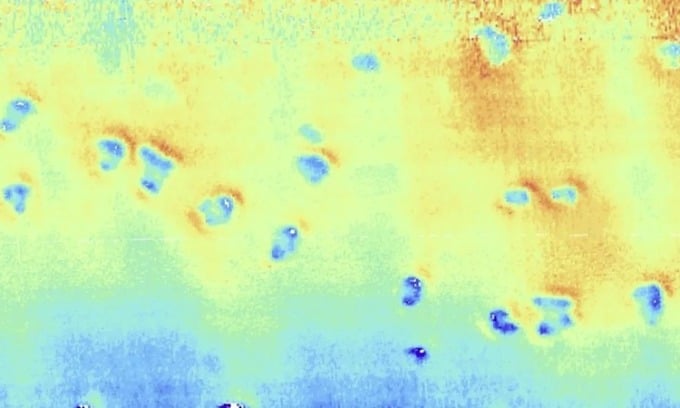
Shallow craters on the floor of the North Sea were initially thought to be caused by methane gas leaks. Photo: Jens Schneider von Deimling
Beneath the murky waters of the North Sea, shallow holes dot the seafloor. They range from a few meters (yards) to more than 200 feet (60 meters) wide, but are only 35 feet (11 meters) deep. Some even merge together, creating depressions that resemble a cluster diagram. Such shallow holes are often formed when liquids containing methane or other groundwater bubble up from sediment. But a study published in the journal Communications Earth & Environment suggests that thousands, perhaps millions, of holes in the North Sea may be the work of porpoises foraging for food. The findings suggest that porpoises and other animals may play a major role in shaping the seafloor, Live Science reported on February 27.
For years, geologist Jens Schneider von Deimling of the University of Kiel wondered if the shallow crater in the North Sea was caused by a methane leak. The North Sea floor is made of loose sand and has strong ocean currents, which are not suitable for methane to accumulate in sediment. Mapping studies using echosounders have not detected methane.
To better understand the mysterious shallow craters, the team used a multibeam echosounder, which allows them to survey the seafloor at high resolution. The new tool allowed the researchers to examine the shape of the craters down to the centimeter scale. The multibeam echosounder revealed that the shallow craters were not, in fact, conical in shape, as would be the case if methane was released through sediment, according to Schneider von Deimling. Regardless of their width, the craters were all about 11 centimeters deep.
In his search for the cause of the shallow pits, Schneider von Deimling consulted a biologist and diver friend who learned that porpoises ( Phocoena phocoena ) often scour the seafloor for sand eels. After the call, Schneider von Deimling teamed up with biologists to study porpoises.
The team used existing models to predict porpoise and sand eel habitats, along with ocean current data. Both porpoises and sand eels live in areas with strong ocean currents. The researchers found that their habitats overlapped with the study area. Wherever porpoises and sand eels were predicted to be found, they found more holes. The large holes were created by porpoises and eroded by ocean currents.
The team is now working with scientists in Ireland to confirm their predictions of the hole’s location based on the porpoise’s habitat in the North Sea. Interdisciplinary research like this can help biologists learn more about animal behavior. Understanding how shallow holes in the seafloor form is important for identifying underwater hazards. Holes caused by methane seepage could signal a threat from tectonic plates. If scientists can identify living organisms, they can quell concerns about tectonic activity.
An Khang (According to Live Science )
Source link


![[Photo] General Secretary To Lam receives Japanese Ambassador to Vietnam Ito Naoki](https://vstatic.vietnam.vn/vietnam/resource/IMAGE/2025/4/3/3a5d233bc09d4928ac9bfed97674be98)
![[Photo] Capital's youth enthusiastically practice firefighting and water rescue skills](https://vstatic.vietnam.vn/vietnam/resource/IMAGE/2025/4/3/3f8481675271488abc7b9422a9357ada)
![[Photo] Ho Chi Minh City speeds up sidewalk repair work before April 30 holiday](https://vstatic.vietnam.vn/vietnam/resource/IMAGE/2025/4/3/17f78833a36f4ba5a9bae215703da710)
![[Photo] A brief moment of rest for the rescue force of the Vietnam People's Army](https://vstatic.vietnam.vn/vietnam/resource/IMAGE/2025/4/3/a2c91fa05dc04293a4b64cfd27ed4dbe)
![[Photo] Prime Minister Pham Minh Chinh chairs the first meeting of the Steering Committee on Regional and International Financial Centers](https://vstatic.vietnam.vn/vietnam/resource/IMAGE/2025/4/3/47dc687989d4479d95a1dce4466edd32)
![[Photo] Prime Minister Pham Minh Chinh chairs meeting after US announces reciprocal tariffs](https://vstatic.vietnam.vn/vietnam/resource/IMAGE/2025/4/3/ee90a2786c0a45d7868de039cef4a712)


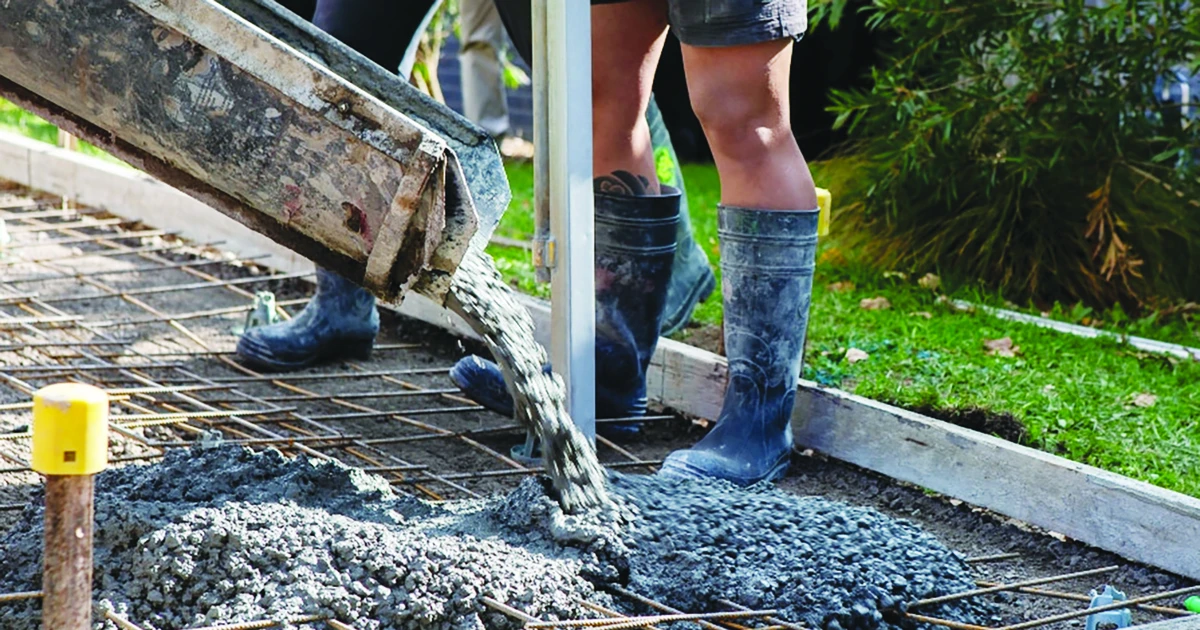

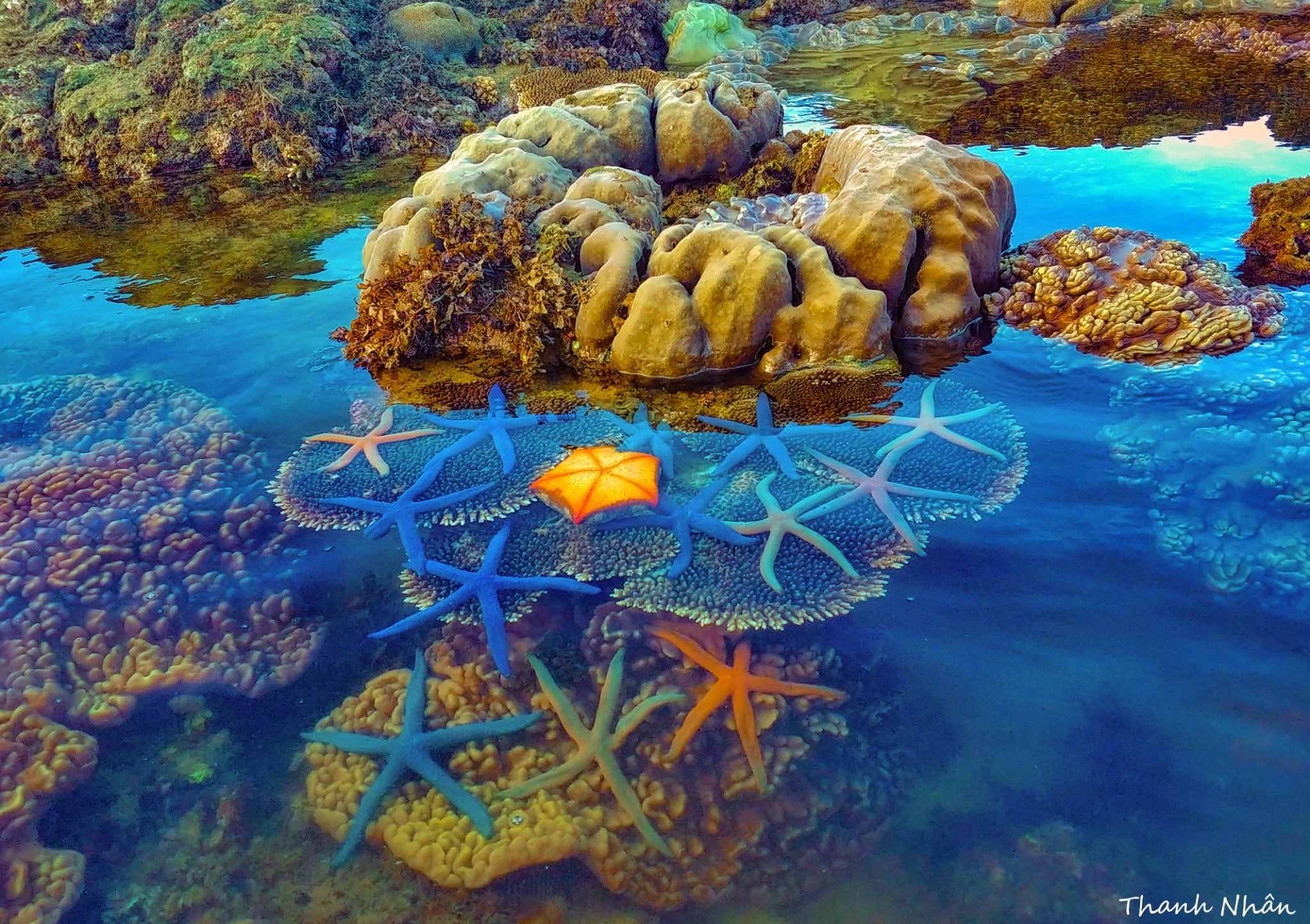




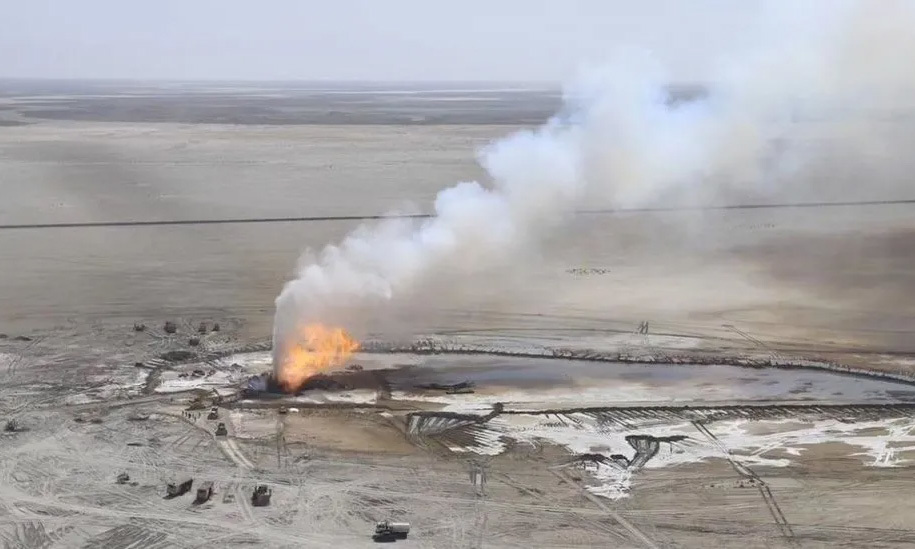
![[Video] Eliminate the "can't do it, ban it" mindset in science](https://vstatic.vietnam.vn/vietnam/resource/IMAGE/2025/4/3/1122c1ea9e244ddab1331a0597c60638)




























































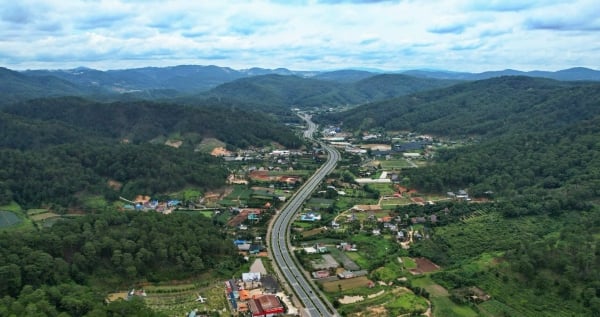















Comment (0)